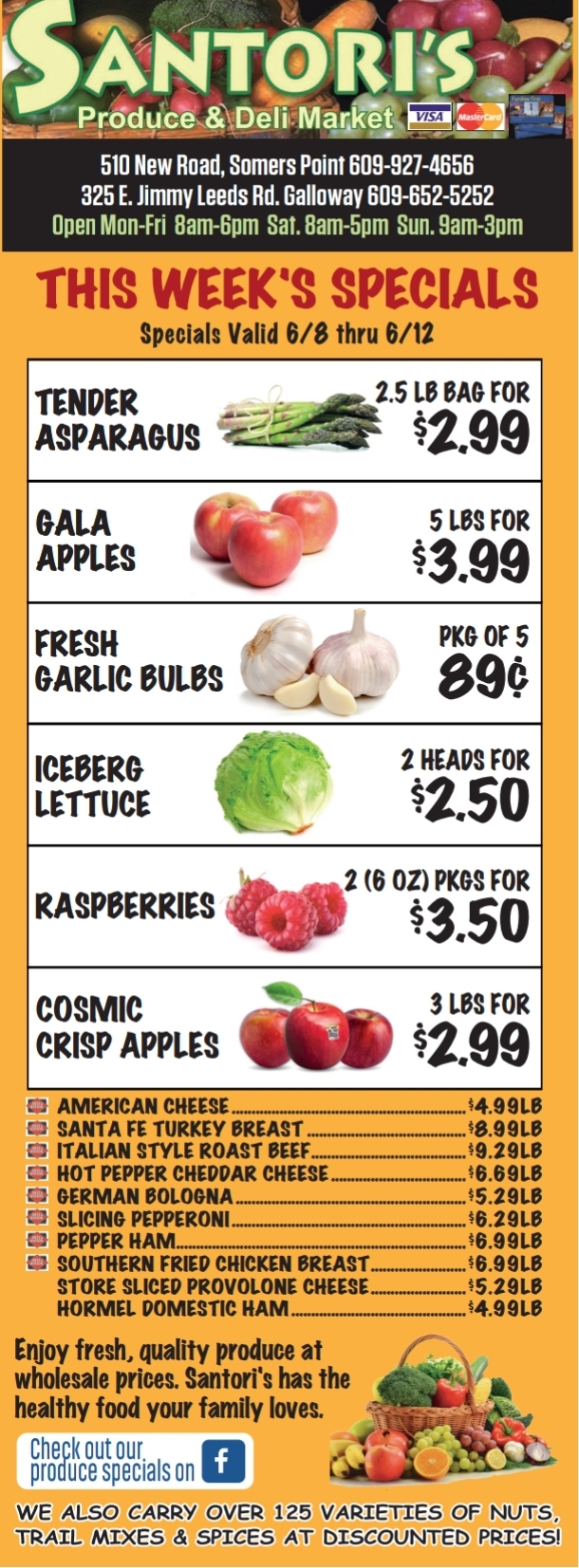Let It Grow
By Tammy Thornton
After enjoying all of the delicious food from the recent Greek Festival, I’ve got tzatziki on my mind. This easy-to-make yogurt sauce goes well with chicken, grape leaves, pita bread, vegetables, or seafood. Dill is one of the key ingredients that gives tzatziki and many other dishes its distinctive flavor. Fortunately, dill is flourishing in my garden and ready for the picking.
Dill grows best in full sun and will start to sprout ten to fourteen days after planting from seed. Since dill has a long taproot, it doesn’t like to be transplanted. So it’s best to plant dill seeds directly in the garden. Because of this long taproot, it’s also a good idea to use a container that is at least eight inches deep. Plant new seeds every two to three weeks for a constant supply of leaves and (eventually) seeds. Make sure your dill plants are well-drained and allow them to dry out between waterings, since they are susceptible to root rot.
Dill leaves will add a unique flavor to your favorite potato, seafood, and vegetable dishes. Fresh dill is a must-have ingredient in homemade tzatziki, but you can also add it to store bought tzatziki to give a fresh taste. One of my favorite dishes to make with dill uses it in two different ways. Though I’m not Greek, my tastebuds are. I love making my version of chicken gyros. Marinating the chicken in tzatziki will make it flavorful, juicy, and tender. Once the gyro is assembled, top it with more tzatziki and a cucumber/dill salad consisting of red onion, chopped tomatoes, dill, cucumber, red wine vinegar, and olive oil—delish!
Eating dill herb might be an acquired taste, but once you do get a craving for it, you’ll want to grow it yourself to have a ready supply. Over time, your dill will start to flower in order to produce seeds. You can delay this a bit by constantly harvesting from the top, but eventually nature will take its course, especially as hot weather will cause the plant to bolt. Once your dill plants start to flower, you can also use the edible flowers. Add them to salads or as a garnish, but you can also use them when making dill pickles. Years ago, I had an overabundance of lemon cucumbers. Canning pickles made a great project for the high school cooking class that I was teaching at the time. We added dill flowers to our pickles, and they looked so pretty showing through the mason jars.

Once your dill plants begin flowering, you’ll attract the attention of pollinators and other beneficial insects. Lacewings are one of those “good bugs” that will be attracted to your garden. They are voracious eaters of the “bad bugs” such as aphids, mealy bugs, and mites. Dill also plays host to an “Ugly Duckling” of the garden. Look closely and you may find black swallowtail butterfly caterpillars on your dill. At the larva stage, they look like creepy black caterpillars with a white stripe. As they mature, they will resemble monarch butterfly caterpillars. Of course, we know that milkweed is the only host plant for monarch caterpillars. But on dill plants, the black swallowtail caterpillars will turn into beautiful black butterflies with yellow and blue spots. Add dill plants to your pollinator garden to encourage the good guys to make a home there.
Don’t let the presence of these pollinators scare you off from growing or eating dill. Simply plant enough to share with our garden friends and examine the plants closely before picking for your own consumption. Once the dill flowers go to seed, you can collect the seeds for using in dill pickles or other recipes. You may also want to dry them out and save them for planting the next season. Allow some of the seeds to remain on your dill plants. Though it’s an annual herb, if the soil is not disturbed, dill can reseed in your garden. You may get surprise plants the following spring, then you can start the process all over again.
What’s your favorite way to use dill? We would love to hear about your gardening adventures. Please send your comments, questions, and story ideas to: shorelocalgardener@gmail.com.
Tammy Thornton lives with her husband, children, and crazy pets while enjoying a life of gardening, cooking, and going to the beach.










